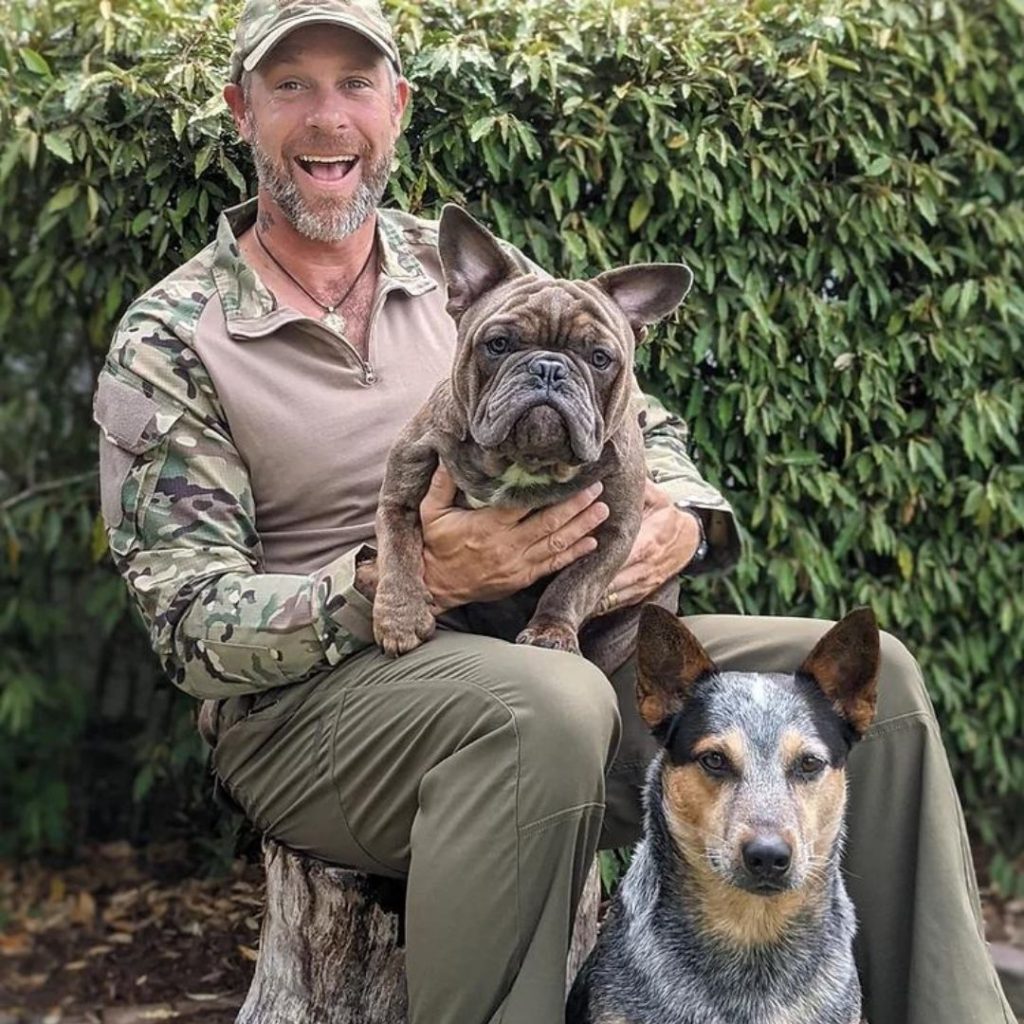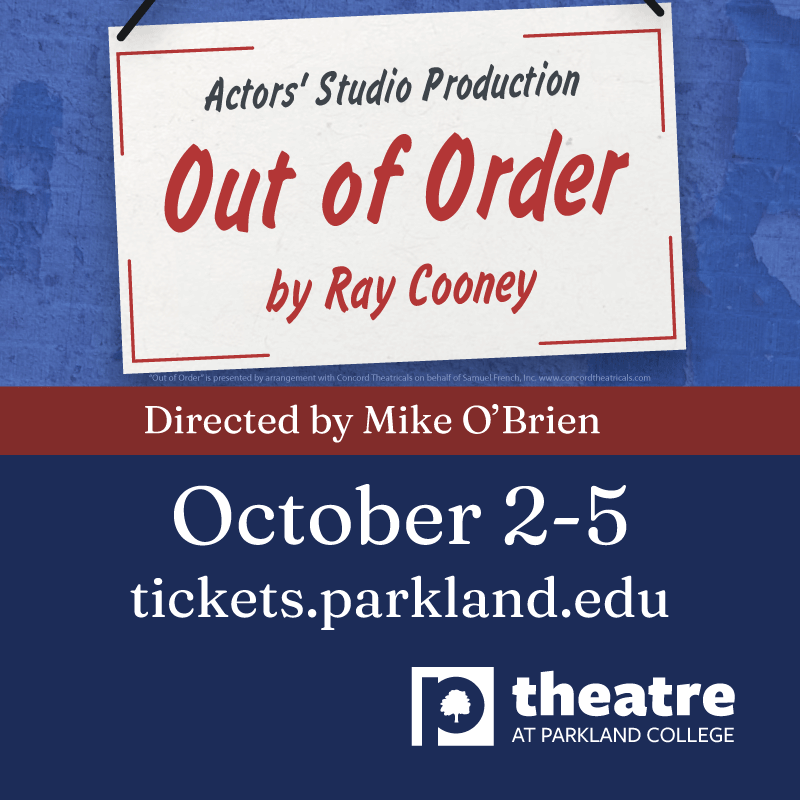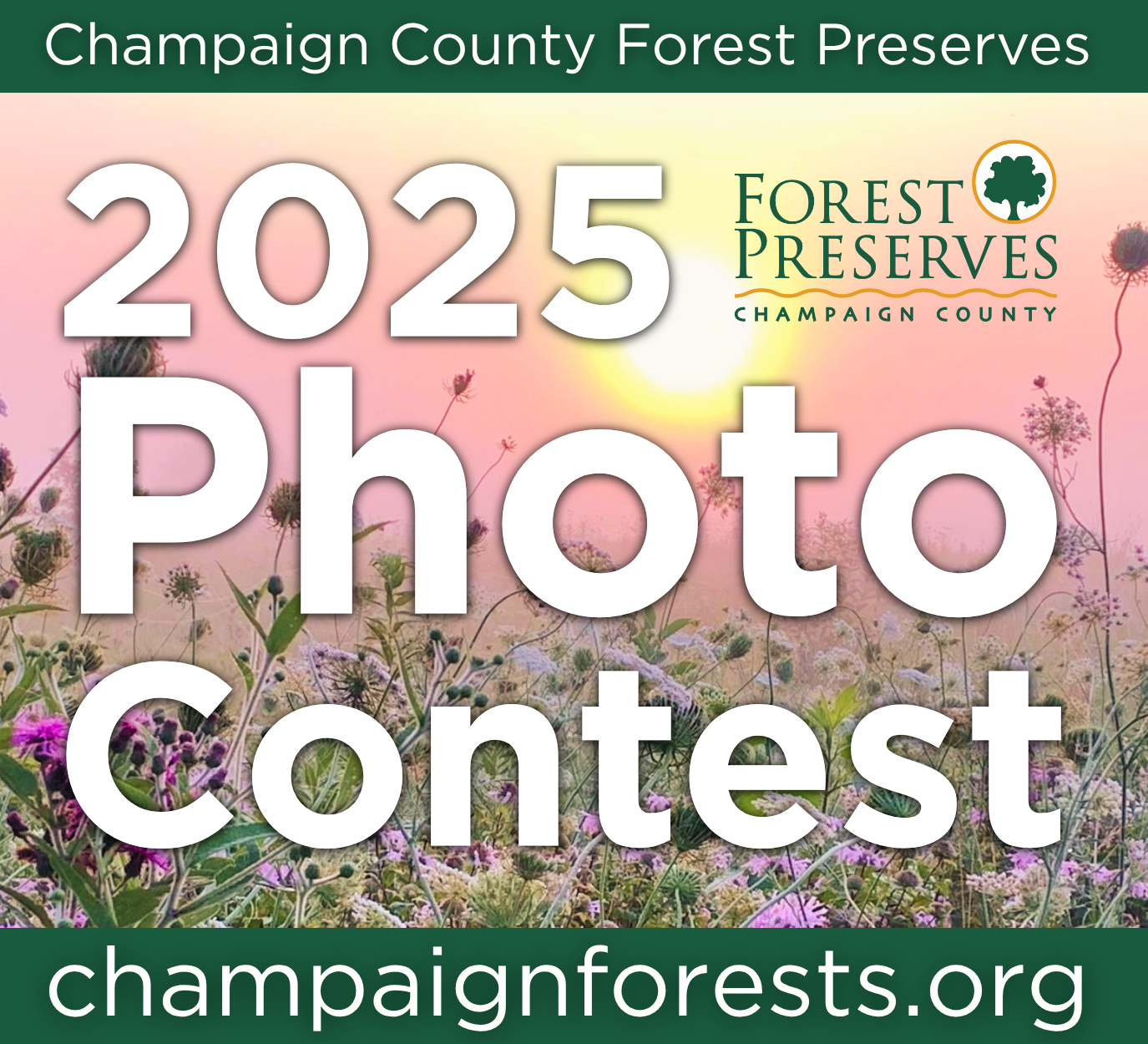By William Payne
Coming back from the war overseas, veterans across the country struggle, at times, to adapt back to life in the United States. Many of these veterans who recently served in Iraq or Afghanistan deal with PTSD and need ways to cope with their anxiety.
Raised in Mahomet, Sergeant Phillip Moore is one of these veterans struggling with PTSD after spending time in the armed forces. Moore joined the Army at age 21 and after serving eight years in the 1st Cavalry Division, he went through three combat deployments to Iraq from 2004-2010.
When Moore left the military, he moved back to Mahomet and began taking art classes at Parkland College in Champaign. Moore detailed how this was a topic he had always been interested in and was pleased he had the opportunity to do so after serving in the Army.
“I was always into graphic designing and sketching. Growing up I was always in the art classes in high school, and I thought making labels and magazine covers would be a lot of fun.”
Moore considered potentially taking classes in arbory, citing his love for being in the forest. However, he eventually decided against that and went into art.
“There wasn’t any other one particular place I was thinking about going in terms of another major,” he said. “I was thinking about maybe becoming an arborist and spending a lot of time out in the woods because that’s where I find a lot of peace and solace. However, I found that studying trees was a bit more boring for me than anticipated.”
Moore had always been interested in art in one way or another, but after he returned from overseas, one particular event sparked his interest in pursuing the subject: A Blue Man Group show.

“I had never even heard of the Blue Man Group, but my father decided to get tickets to them in Orlando,” he said. “We went and the show made a huge impression on me. The first thing I did when I got home was draw up the specs of one of their custom PVC instruments.”
After seeing the show, Phillip auditioned for the Blue Man Group in Chicago but eventually moved to North Port, where he and his wife, Michelle, began to attend a soft pastel class together. This allowed Moore to use his prior art education to externalize his emotions through drawing and painting.
Soft pastel has always been Moore’s preferred medium since he began taking the classes at the North Port Art Center. Moore’s favorite painting he created using these soft pastels was one of the Amicalola Falls on the Appalachian Trail in Georgia.
Despite being an artist, Moore is part of the 5-10% of the United States population that suffers from some sort of color blindness. His case is unique because Moore did not realize his condition until he enlisted in the Army, as he learned to see multiple colors only in high contrast.
“My color blindness specifically is not black and white. I cannot see any difference in any values or hues if there is not a lot of contrast. All my purples, blues, greens, and greys are all the same,” he said. “Something that I also have is called color vibration. When there are specific colors that are right next to each other, anything more than four inches away is visually shaking in my vision and is unsteady.”
Despite dealing with color blindness, Moore created an 18-piece show called “The Art of War” which captures moments from his time with the armed forces using a soft pastel artistic style. The original prints are on display at the North Port Art Center in Florida, however, copy prints are available for purchase on the Art Center website.
Along with creating “The Art of War” display, Moore founded the Veteran Art Scholarship. The scholarship gives an opportunity for veterans to attend classes at the North Port Art Center for free.
“This program is designed to encourage veterans to utilize art therapy as a coping tool to help with the struggles from their time in the service,” he said. “Each recipient will receive a customized art experience according to their specific needs and what they seek to gain from it. We are dedicated to the mental wellness of our veterans as well as the rest of our community.”
Providing veterans with 12 free weeks of classes and fresh supplies to assist their painting is something that Moore has taken great pride in. The creation of The Veteran Art Scholarship will help countless veterans in the future, providing them an outlet through honing their art skills.
“People might not be traumatized from their time in service, but veterans that have to deal with everyday struggles, it can just be another coping mechanism for them.”
The first recipient of the Veterans Art Scholarship was Gai Barett, who served in the US Army Security Agency from 1974-1977, spending time in Turkey during the Cold War.
Barett is just the first veteran who has received this scholarship, but according to Moore, “the work has just begun.”
“I just want to help people, and continue to help people in one way or another,” said Moore. “One thing about the service is that we are able to help so many people overseas, but at home, there are already so many organizations that do that. So I was glad I was able to come up with something that is able to stand the test of time.”





Thank you so much for sharing Phillip’s story.